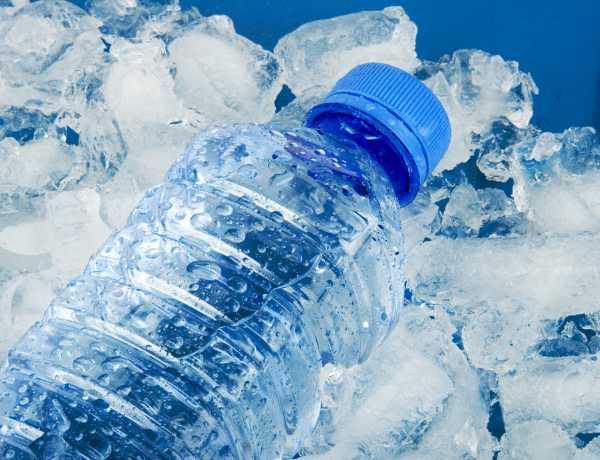
Per- and polyfluoroalkyl substances (PFAS) are a group of man-made chemicals that have been in use since the 1940s. Due to their resistance to heat, water, and oil, they've been widely used in many consumer products like non-stick pans, water-resistant clothing, food packaging, and fire-fighting foams. However, studies have linked PFAS to a range of health problems, including hormone disruption, immune system issues, and even certain types of cancers.

Because PFAS chemicals are so prevalent and can accumulate in the body over time, completely avoiding them may not be possible. But there are steps you can take to significantly reduce your exposure to these harmful substances. Here's a practical guide to help you protect yourself and your family from PFAS chemicals.
Knowledge is the first step in protection. Be aware of where PFAS chemicals are commonly found. They may be in:
The good news is that many manufacturers are now offering PFAS-free alternatives to common household items.
Opt for stainless steel or cast-iron cookware instead of non-stick pots and pans.
Look for clothing and footwear that doesn't have water-resistant properties or specifically mentions being PFAS-free.
Choose items that are not treated with stain-resistant chemicals.
Check the ingredients on your cosmetic products. Avoid items with “PTFE” or "perfluor" in their ingredient list.
PFAS chemicals can be found in drinking water in areas where they have been manufactured or used. If you're in an area with known PFAS contamination, consider investing in a water filtration system. Activated carbon filters and reverse osmosis systems have been found effective at reducing PFAS levels.
PFAS chemicals can accumulate in crops and livestock, and they can also be present in food packaging. To limit exposure:
PFAS contamination can be a local issue, so stay informed about what’s happening in your community. Check with your local health department for information on PFAS in your area.
Reducing exposure to PFAS chemicals requires informed decisions about what you bring into your home and what you consume. Remember, every small change can add up to make a significant difference. By being proactive and conscious about your choices, you can reduce your and your family's exposure to these harmful chemicals.
While we can't entirely eliminate our exposure to PFAS, these steps can help to minimize it. As we become more aware of the risks and implications of these chemicals, it's crucial to adapt our lifestyles accordingly and demand safer products from manufacturers. It's about safeguarding not just our health, but the health of future generations as well.
PFAS (Per- and polyfluoroalkyl substances) are a group of man-made chemicals that have been in use since the 1940s. These chemicals are known for their resistance to heat, water, and oil, making them popular in a wide range of industries.
PFAS are found in a wide range of consumer products such as non-stick cookware, water-resistant clothing, stain-resistant carpets and furniture, food packaging, and firefighting foams. They can also be found in the environment and in certain areas of drinking water.
PFAS are often referred to as "forever chemicals" because they do not break down in the environment and can accumulate in the body over time. Studies have linked exposure to PFAS to a range of health problems including hormone disruption, immune system issues, certain types of cancers, and developmental issues in children.
You can reduce your exposure to PFAS by choosing PFAS-free products, filtering your water if you live in an area with known PFAS contamination, avoiding contaminated food, and staying informed about PFAS contamination in your local area.
If you live in an area with known PFAS contamination, your local health department or water provider should have this information. You can also have your water tested by a certified laboratory.
No, cooking or boiling water does not remove PFAS. In fact, boiling water can actually increase the concentration of PFAS. Filtering your water with an activated carbon filter or a reverse osmosis system can help reduce levels of PFAS.
Regulations for PFAS vary by country and region. In some places, regulations exist to limit the amount of PFAS that can be in drinking water or released into the environment. However, many experts believe that more comprehensive regulations are needed.
Efforts to address PFAS contamination include research to better understand the effects of these chemicals, development of new ways to remove PFAS from the environment, and pushing for stronger regulations and safer alternatives. Many manufacturers are also taking steps to phase out the use of PFAS in their products.
No, PFAS chemicals are a global problem. They have been found in every corner of the world, from the Arctic to Antarctic. Countries around the world are grappling with how to deal with these persistent chemicals.
Yes, exposure to PFAS can lead to various health issues. These can include effects on the immune system, thyroid hormone disruption, high cholesterol, pregnancy-induced hypertension and preeclampsia, cancer (like kidney and testicular), and possible effects on infant birth weights.





